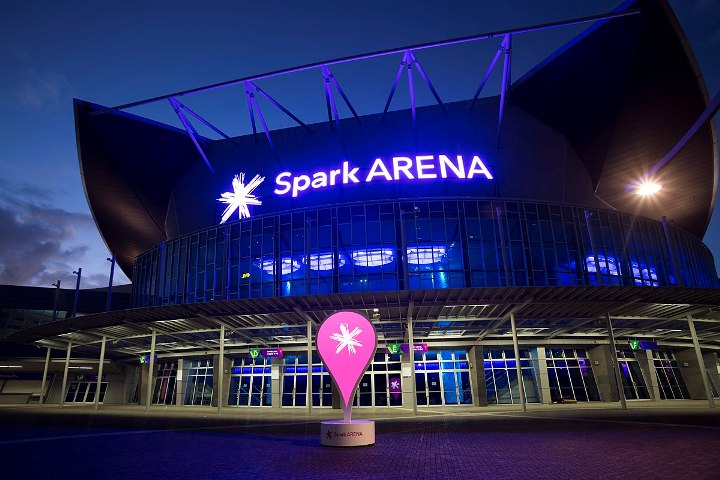Spark outlines next phases of plans of 5G services
This builds upon Spark’s announcement in September that it had switched on the first 5G customer services in New Zealand, with the launch of 5G wireless broadband in Alexandra.

- Country:
- New Zealand
Spark today outlined the next phases of its progressive roll-out of 5G services. Spark will deliver 5G wireless broadband into five more South Island heartland locations prior to Christmas, followed by further heartland communities from March 2020. A broader range of 5G services, covering both mobile as well as wireless broadband, will launch into major centers from mid-2020, subject to spectrum being made available by the Government.
This builds upon Spark’s announcement in September that it had switched on the first 5G customer services in New Zealand, with the launch of 5G wireless broadband in Alexandra.
Mark Beder, Spark’s Technology Director said wireless broadband is the first meaningful use-case for 5G in New Zealand and is the focus for the initial phase of Spark’s 5G rollout.
“Our 5G rollout approach is two-fold. Firstly, we are advancing our network delivery plans so we can roll out quickly in major centers once the necessary spectrum becomes available. Secondly, we’re innovating by repurposing some of our existing spectra to deliver 5G wireless broadband in places where it will make a real difference to customers,” Beder said.
“We are prioritizing our activity to heartland locations as we think these are the places that will benefit most from the increased capacity and speed of 5G wireless broadband, and we are excited to be bringing the early benefits of 5G to customers in parts of New Zealand that have usually lagged well behind the major centers for previous technology rollouts.
“The roll-out of 5G wireless broadband to heartland locations from March 2020 will use some of our existing spectrum bands and Nokia Radio Access Network (RAN)* equipment; in a continuation of our partnership with Nokia who assisted with the launch of 5G services in Alexandra. Nokia will also be our partner for the other heartland locations that will be launched before Christmas.”
Rajesh Singh, Spark’s General Manager of Value Management said that, in line with its previously-stated multi-vendor strategy, Spark now has three companies – Nokia, Samsung, and Huawei - on its roster of preferred RAN equipment suppliers for 5G. In addition, Spark will continue to use Cisco and Ericsson for separate elements of its existing Network Core, which has already been upgraded to ensure it is Non-Standalone (NSA) 5G capable.
“We’ve consistently said our approach to 5G will be multi-vendor. A key reason for this is that 5G technology is still emerging and is likely to develop significantly in the next few years, so a mix of vendors makes sense,” Singh said.
“As with any network deployment, the roll-out of our 5G network is subject to government approval in accordance with the Telecommunications (Interception Capability and Security) Act 2013 (TICSA). We have already obtained approval through TICSA to use Nokia 5G RAN equipment for our recently announced deployment in Alexandra, and for our upcoming locations before Christmas. We have withdrawn our original TICSA application, which proposed a single-vendor 5G RAN strategy. We will work through the TICSA approval process in due course with our other RAN vendors, prior to any deployment of their equipment.”
ALSO READ
Nokia and NBN show record-breaking multiple broadband speeds over live fiber network
Nokia unveils new solution to enable AI-powered applications for worker safety and industrial automation
Perfectum picks Nokia for nationwide 5G standalone network deployment in Uzbekistan
Nokia and Anterix conduct industry’s first B106 data call










